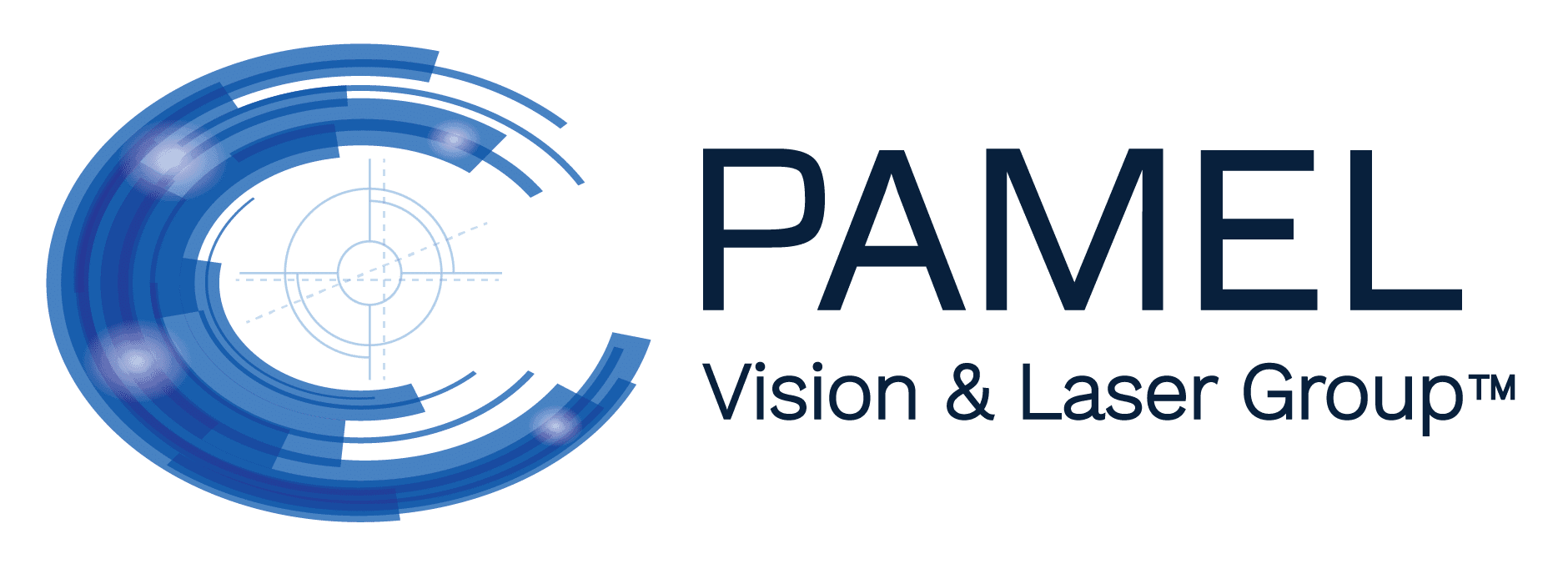LASIK Without a Scalpel? How All-laser LASIK Eliminates the Surgeon’s Blade
- Posted on: Dec 28 2022
 Laser-assisted in situ keratomileusis, better known as LASIK, is synonymous with corrective laser eye surgery and allows patients to forego glasses and contact lenses. It corrects nearsightedness, farsightedness and astigmatism. LASIK still requires the surgeon to use a scalpel, but that’s not the case with an alternative known as all-laser LASIK. Dr. Gregory Pamel of Pamel Vision and Laser Group, who was the first to offer all-laser LASIK in New York, explains how all-laser LASIK works without a scalpel.
Laser-assisted in situ keratomileusis, better known as LASIK, is synonymous with corrective laser eye surgery and allows patients to forego glasses and contact lenses. It corrects nearsightedness, farsightedness and astigmatism. LASIK still requires the surgeon to use a scalpel, but that’s not the case with an alternative known as all-laser LASIK. Dr. Gregory Pamel of Pamel Vision and Laser Group, who was the first to offer all-laser LASIK in New York, explains how all-laser LASIK works without a scalpel.
All-laser LASIK vs. LASIK
All-laser LASIK, also known as bladeless LASIK, is another step in the evolution of laser eye surgery.
Standard LASIK consists of two steps. In the first, a microkeratome, or surgical blade, is used on the cornea to produce a thin, hinged flap. This flap is then lifted so that the underlying tissue is exposed. The second step involves the use of a computer-guided excimer laser to change the tissue contours of the cornea to achieve appropriate vision correction. When the excimer laser treatment is completed, the flap is put back in place to encourage faster healing and recovery.
More than 20 years ago, the FDA approved a femtosecond, or bladeless, laser for corneal flap creation. Because all-laser LASIK is completely computer-guided, surgeons can create superior customization of the corneal flap for patients. There is little room for human error.
All-laser LASIK Advantages
All-laser LASIK is more accurate than its predecessor. The surgeon is able to form more exact corneal flap depth and size. The corneal flaps produced via all-laser LASIK are also more uniform and precise. Due to this increased precision, all-laser LASIK has a better safety record and patients heal more quickly. That’s because the flap fits into place more reliably. The risk of flap dislocation after surgery is greatly reduced.
With any laser eye surgery, there is always the risk of scarring and infection, albeit these risks are quite low.
All-laser LASIK Candidates
Patients who may not qualify for standard LASIK may prove eligible for all-laser LASIK. For instance, patients with thin corneas are often not considered candidates for LASIK, but that’s not necessarily the case with all-laser LASIK.
However, those with corneal scars or prior corneal refractive surgeries may not be good candidates for either procedure.
Contact Us
If you would like more information about all-laser LASIK and whether you are a candidate, contact Pamel Vision and Laser Group and schedule a consultation with Dr. Gregory Pamel. He will explain the procedure in detail and answer any questions.
Posted in: LASIK




